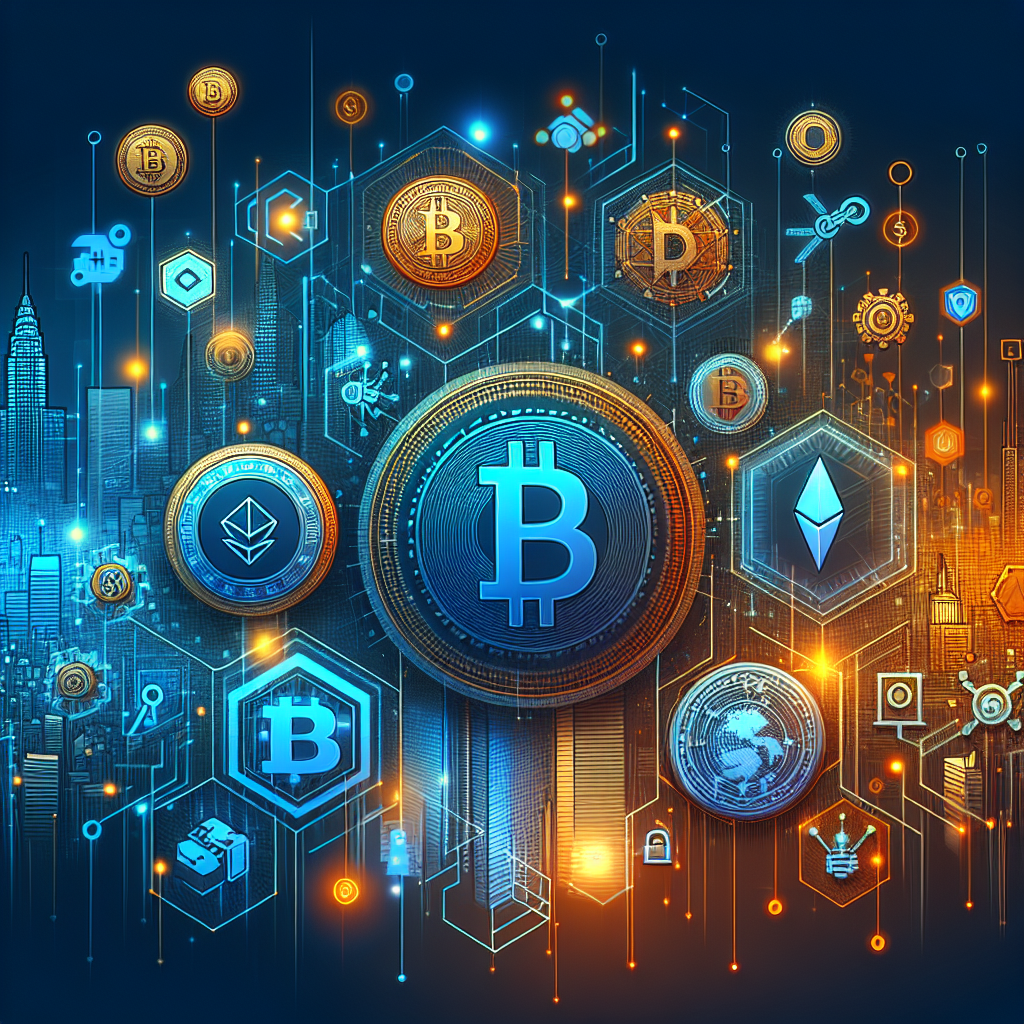Unmasking the Renaissance of NFTs in Virtual Reality: The Evolution, Impact, and Future of Digital Asset Ownership in the Metaverse by 2025
Introduction
In the past five years, we’ve witnessed an unprecedented shift in the digital landscape. Emerging technologies like blockchain, cryptocurrencies, and NFTs (Non-Fungible Tokens) have sparked a revolution, reshaping our understanding of value and ownership in the digital world. Central to this shift is the advent of Virtual Reality (VR) and the Metaverse, a collective virtual shared space created by the convergence of virtually enhanced physical and digital reality. But how will NFTs, the digital assets driving this new age of digital ownership, evolve in the Metaverse by 2025? Let’s embark on a journey to unmask the renaissance of NFTs in Virtual Reality.
The Evolution of NFTs and Virtual Reality
A Brief History of NFTs
NFTs have their roots in the blockchain technology that drives cryptocurrencies like Bitcoin and Ethereum. They’re unique digital assets verifiable via the blockchain’s decentralized ledger system. Their unique nature makes it possible to prove ownership of a specific digital object, be it art, music, or virtual real estate.
The concept of NFTs emerged in 2017 with the launch of CryptoKitties, a blockchain-based virtual game that allows players to adopt, raise, and trade virtual cats. Each CryptoKitty is an NFT, distinct and owned by an individual. The game’s success, with some kitties selling for over $100,000, demonstrated the potential of NFTs in the digital space.
The Rise of Virtual Reality and the Metaverse
Virtual Reality, once a science fiction concept, is now a reality. The global VR market was worth $11.79 billion in 2021 and is projected to reach $87.97 billion by 2025. This growth is fueled by advancements in VR technology and the increasing adoption of VR in gaming, entertainment, and social interaction.
The Metaverse, a term coined by science fiction writer Neal Stephenson, refers to a collective virtual shared space that includes augmented reality, VR, and the internet. Facebook’s recent rebranding to Meta and its plan to build an inclusive Metaverse demonstrates the growing interest in this concept.
The Impact of NFTs in the Metaverse
NFTs and Digital Ownership
NFTs have transformed digital ownership, allowing individuals to own, trade, and profit from digital assets. For instance, in the virtual world Decentraland, users can purchase land as NFTs, develop it, and monetize their properties through advertising or virtual events.
NFTs and Digital Art
NFTs have also revolutionized the art world, enabling artists to monetize their digital art. Artists like Beeple, whose artwork sold for $69 million as an NFT, have found unprecedented success in the digital art market.
The Future of NFTs in the Metaverse by 2025
So, what does the future hold for NFTs in the Metaverse by 2025?
Increasing Integration of NFTs into Virtual Reality
As the Metaverse grows, we can expect more integration of NFTs into VR. This means more virtual items, properties, and services being tokenized as NFTs. For instance, fashion brands could sell virtual clothing as NFTs, allowing users to dress their avatars in exclusive outfits.
Expansion of the Digital Art Market
The digital art market will likely expand, with more artists tokenizing their work as NFTs. This could lead to the democratization of art, as more artists access a global market and receive fair compensation for their work.
Creation of New Digital Economies
The use of NFTs could lead to the creation of new digital economies within the Metaverse. These economies would be self-sustaining, with users trading NFTs for services and goods within the virtual world.
Conclusion
The renaissance of NFTs in Virtual Reality is more than just a trend; it’s a fundamental shift in how we perceive value and ownership in the digital age. By 2025, the integration of NFTs into the Metaverse will likely be commonplace, reshaping our interaction with the digital world.
This evolution presents opportunities and challenges. On one hand, it democratizes digital ownership and creates new avenues for artists and creators. On the other, it raises questions about regulation, intellectual property rights, and the digital divide. As we navigate this new frontier, one thing is clear: the future of NFTs in the Metaverse is a journey worth watching.


Leave a Reply